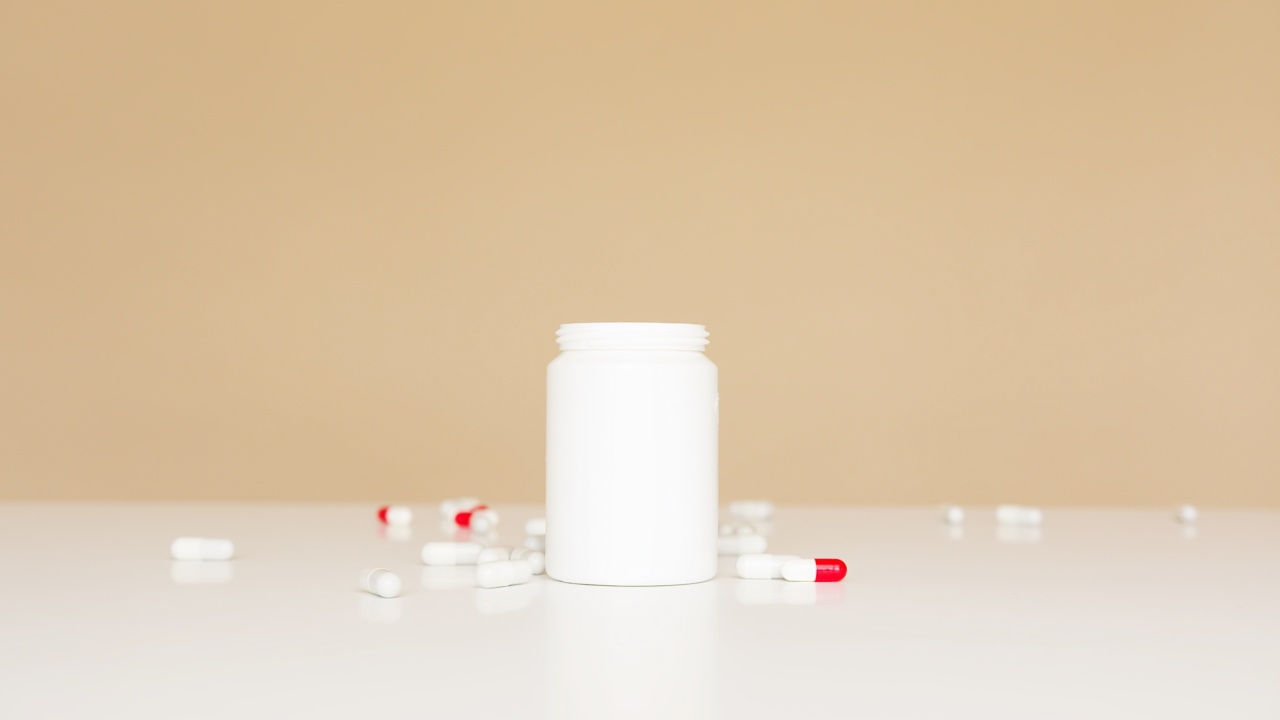Strokes can be life-threatening and every second counts during an emergency. Knowing how to recognize the signs of a stroke and what to do if someone is experiencing one is vital.
The Stroke Association has developed a guide that helps people easily remember the basics of identifying and responding to a stroke, called the S.T.R. method.
What is a Stroke?
A stroke occurs when blood flow to a part of the brain is disrupted, resulting in brain cells becoming damaged or dying. There are two main types of stroke:.
- Ischemic stroke: This is the most common type of stroke, accounting for about 85% of all strokes. It happens when a blood vessel that supplies blood to the brain becomes blocked or narrowed, usually due to a blood clot.
- Hemorrhagic stroke: This type of stroke happens when a blood vessel in the brain ruptures and blood leaks into brain tissue. It is less common than ischemic stroke, but is often more severe.
The S.T.R Method
The S.T.R method is a simple way to recognize the signs of a stroke and take quick action:.
Step 1: Spotting the signs of a stroke
The first step in the S.T.R method is to learn how to spot the signs of a stroke. The main signs of stroke, often referred to as “FAST”, include:.
- Face drooping: One side of the face droops or is numb. The person may not be able to smile or their smile appears uneven.
- Arm weakness: One arm is weak or numb. The person may not be able to raise both arms and keep them there.
- Speech difficulty: The person’s speech may be slurred, or they may have difficulty speaking and understanding what others are saying.
- Time to call for help: If you spot any of the above signs, call emergency services immediately.
Step 2: Take Action
When you spot the signs of a stroke, it’s important to act quickly. The longer a person goes without care, the greater the chance of long-term brain damage or disability. Steps to take include:.
- Call emergency services: This should be done immediately when you spot the signs of stroke.
- Stay with the person: If possible, stay with the person until emergency services arrive. Reassure them and keep them calm.
- Take note of the time: Make a note of when you first spotted the signs of a stroke. This information will be important for healthcare professionals.
Step 3: Remember you’re not alone
If someone you know has experienced a stroke, it’s important to remember that help and support is available. The Stroke Association has a range of resources available for stroke survivors and their families, including:.
- Information and support: This includes the Stroke Helpline, online support groups, and information on living with stroke.
- Rehabilitation support: This includes information on rehabilitation services and recovery after a stroke.
- Advocacy and campaigning: The Stroke Association works to improve stroke care and treatment and campaigns to raise awareness of stroke and its impact.
Preventing a Stroke
The best way to deal with a stroke is to prevent it from happening in the first place.
While there are some risk factors you may not be able to change, such as age and family history, there are several lifestyle changes you can make to reduce your risk of stroke, including:.
- Eating a healthy diet: Eating a balanced diet that is low in saturated fats and high in fruits, vegetables, whole grains, and lean protein can help reduce your risk of stroke.
- Exercising regularly: Regular physical activity can help you maintain a healthy weight, lower your blood pressure, and reduce your risk of stroke.
- Quitting smoking: Smoking can increase your risk of stroke by damaging your blood vessels. Quitting smoking can help reduce your risk of stroke.
- Controlling your blood pressure: High blood pressure is a major risk factor for stroke. Make sure you get your blood pressure checked regularly and take steps to control it if it’s too high.
- Limiting your alcohol intake: Drinking too much alcohol can increase your blood pressure and your risk of stroke. Try to limit your alcohol intake to no more than one drink per day for women and two drinks per day for men.
Conclusion
Being able to identify the signs of a stroke and responding quickly can save a life. The S.T.R method is an easy way to remember the basics of responding to a stroke.
Remember, if you spot the signs of stroke, call emergency services immediately and stay with the person until help arrives. And if you or someone you know has experienced a stroke, remember that help and support is available.





























